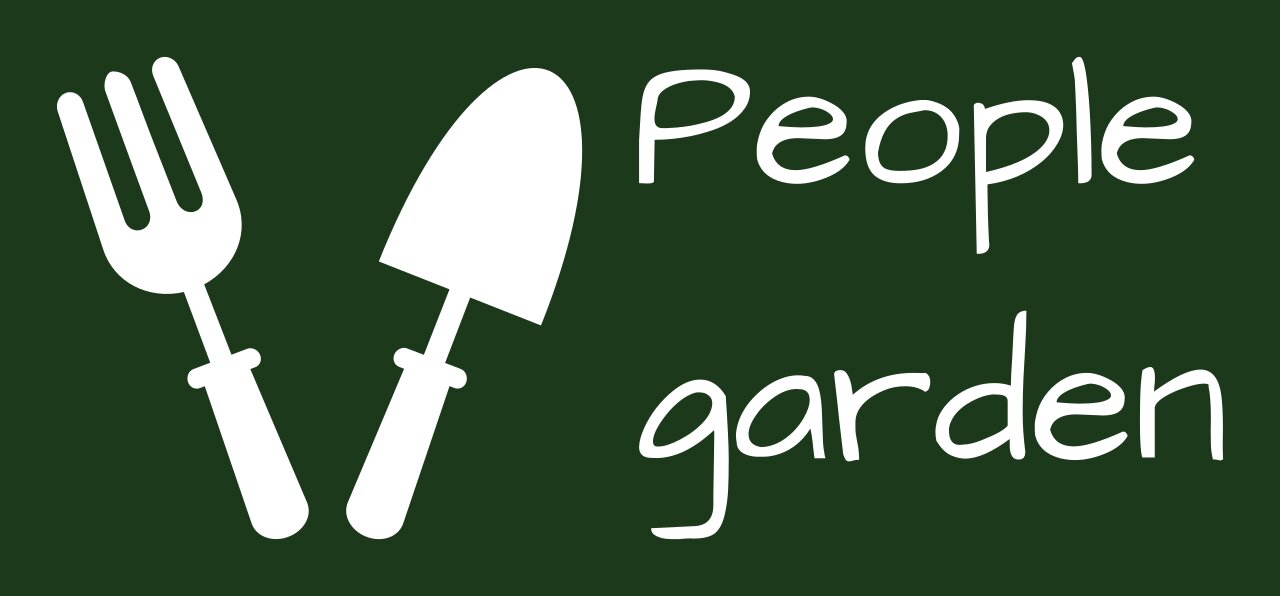6 Best Weeding Tips for Your Garden
"How can I kill weeds?" An existential horticultural question. Because without weed control, there would be no horticulture.
There are a lot of tips out there, but it's hard to know what is the most effective way to control weeds in your environment. Here is an overview of the six best tips so you can get a firm grip on reducing weeds in your yard.
Do not leave room for weeds
Weeds, like other plants, compete for light, nutrients, and water. If there is open space, it is much easier to catch weeds than to have that space occupied by other plants already installed.
Dense planting means leaving as little or no space for weeds as possible. However, at the same time, you need to prevent overcrowding as the plants grow and mature. Excessive crowding can lead to air circulation and trigger plant diseases.
For example, you can fill a bed with perennial fruits such as echinacea, which are spaced one to three feet apart. When you first plant them, there will be a lot of space between the individual plants. Planting echinacea a little closer is an option, and take a few and move on as they get bigger in the future. Keep in mind, however, that not all plants want to be moved. Or, you can follow the recommended spacing and plant or seed annually in the empty space without leaving weeds.
Another great way to prevent weeds is to cover the ground. When choosing a landscape, make sure it is suitable for the plants around it. If it is a fast and vigorous grower and other plants are moderate or slow growers, ground cover can be taken. Also, make sure the height of the ground cover is low enough so that it does not obscure other plants.
Mulch
Mulch is another great way to prevent weeds from growing. Organic mulch like bark or pine straw does not last long as a barrier to minerals, but organic mulch has many other benefits.
To suppress extensive weeds in beds, try placing thick layers of cardboard or newspaper on the bed before you add mulch. When you spread the mulch, water the layer to help keep it in place. Loss of weeds by water and sunlight destroys weeds, but this can take weeks. However, it is easy to dig up decomposing paper to add plants to your weed-free beds.
Get to know your weeds
For effective weed control, it is important to know the weeds you are dealing with, especially if they are weeds that are frequent or found in many places in your yard. Weed Identification: Is It Annual or Perennial? What kind of root is it? When will it bloom? Knowing these things can help you get rid of them completely, weed at the right time, and get rid of them safely. Some weeds, such as garlic and mustard, should not be composted and thrown in the trash instead, as the seeds may be possible or re-rooted after the plant is removed.
If you do not come around to remove the weeds before flowering, at least destroy them before they set the seeds and spread more and more. Never leave dragged plants lying around. During flowering, weeds can continue to produce seeds, and if they already have seed heads, the seeds will be scattered by the wind.
Do not stir the soil
The basic rule of weed control associated with seed germination seems to be almost the opposite. Most weed seeds need light to germinate, which will only do so in the first two inches of soil. Also, many weed seeds will stay in the soil for a long time; Thistle in Canada, for example, for up to 20 years. So, when you dig or dig the soil, weed seeds - which are naturally present in thousands in any soil - place them in the sun to start germination. Therefore, after disturbing the soil, plant it immediately and/or cover it with mulch to prevent weeds from growing.
Use the right tools
The right tool for weed removal is important because the goal is to remove the entire weed with all its roots (you know what type of weed and root it looks like).
There are dozens of different weeding tools, some multi-purpose tools, others like a dandelion puller. Which tool you use is a matter of personal ergonomic preference and budget, but make sure the tool fits the basic need for deep roots and surface tools for shallow roots. For dub roots, a regular garden shovel is often the best way
Chemical weed control
Destroying weeds with mineral chemicals should be your last resort. Hundreds of herbicides on the market are divided into two basic types: early herbicides to control weeds, and real herbicides that kill real plants. It is important to know which weeds you are fighting against and their life cycles to treating with the right type of herbicide at the right time.
When using a broad-spectrum herbicide such as glyphosate-based herbicide, keep in mind that it will kill not only the weeds but everything that lands on it.















2 Comments
This comment has been removed by the author.
ReplyDeleteI am attracted by the info which you have provided in the above post. It is genuinely good and beneficial info for us. Continue posting, Thank you.Termite Treatment Melbourne
ReplyDelete